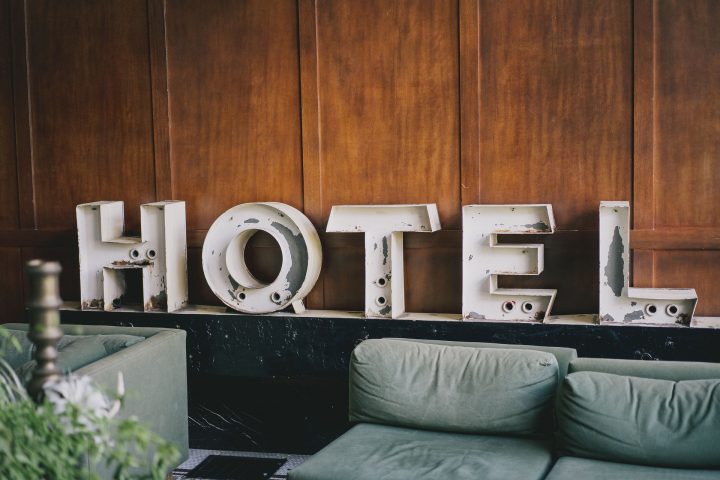
KPIs to Look Out For in a Hotel P&L Statement
A hotel profit and loss (P&L) statement provides an analysis of a hotel’s revenue, cost, and profit performance. It helps one understand how much bottom-line margin the property is making. Therefore, it is essential for any hotel manager to fully understand each line item of their P&L statement, and where pertinent, how to interpret the data to inform business decisions.
P&L statements are typically carried out on a monthly, quarterly, and annual basis. Although the frequency is entirely at your discretion and what you think is best for your hotel, I would recommend reviewing such a report at least with a monthly frequency to avoid the business moving off beyond control. Larger hotels even provide such reporting on a weekly or even daily basis to really micromanage their financial success.
For the specific case of hotels, the most important KPIs to look at in our Profit & Loss statement are the GOP (gross operating profit) and NOI or NOP (net operating income or profit)
Working out your GOP (gross operating profit)
- Add the revenue and costs from all operational departments (restaurant, bar, banquets, front office, housekeeping, engineering and others).
- Deduct all the undistributed, fixed, and overhead costs to work out your NOI (net operating income) and EBITDA (Earnings Before Interest Taxes Depreciation). This is basically the profit generated from the hotel’s own operations.
A hotel P&L statement includes the following elements:
1. Revenue or Top Line
This is typically itemised into individual revenue sources. These include room turnover, food and beverage revenue (restaurant, breakfast, bar, room service), and, if applicable, events, activities, spa membership and gift shop income, among other possible revenue sources.
Once you have the figure of the total sales revenue, the cost of sale (commissions that are paid to different sales channels, for example, to the OTAs) should be diminished to obtain your gross profit.
2. Costs
- Operational expenses– These are the operational costs for delivering the services of each revenue source, for instance: restaurant, bar, banquets, front office, housekeeping, cleaning, engineering and others.
- Undistributed expenses- Overheads such as administration, staff, and property-related costs.
- Fixed expenses- These costs remain constant. They include property tax, property-related costs such as building and/or equipment rental, amortization, depreciation, insurance and the interest to pay on loans or debt, such as from loans, lease and insurance.
- Interest, taxes, amortization and depreciation
3. Earnings or Bottom line
Difference of deducting the cost from the revenue. It is also known as net income, profit, or earnings.
To understand your P&L as well as possible, what it boils down to, simply, is this: total sales minus total costs equals hotel profits. While it doesn’t need to become complicated, the more detailed your P&L, the better for your understanding and insight regarding overall hotel operability and performance.
Any hotel management business that wishes to achieve healthy financial results should invest a good amount of time to build a well-structured profit-and-loss statement, and review it monthly with the members of the hotel executive and management team. It is a key step to your success!
Read more about P&L statements
- The Importance of Profit and Loss Statements for Independent Hotels
-
5-Step Plan for Effective Hotel P&L Statement
- Look into a Sample of a Hotel’s P&L Statement
Read The Importance of Profit and Loss Statements for Independent Hotels
Read 5-Step Plan for an Effective Hotel P&L Statement
—
A version of this article was originally posted on XOTELS
Featured Image: pixabay





